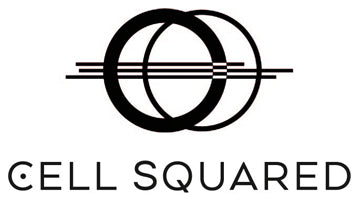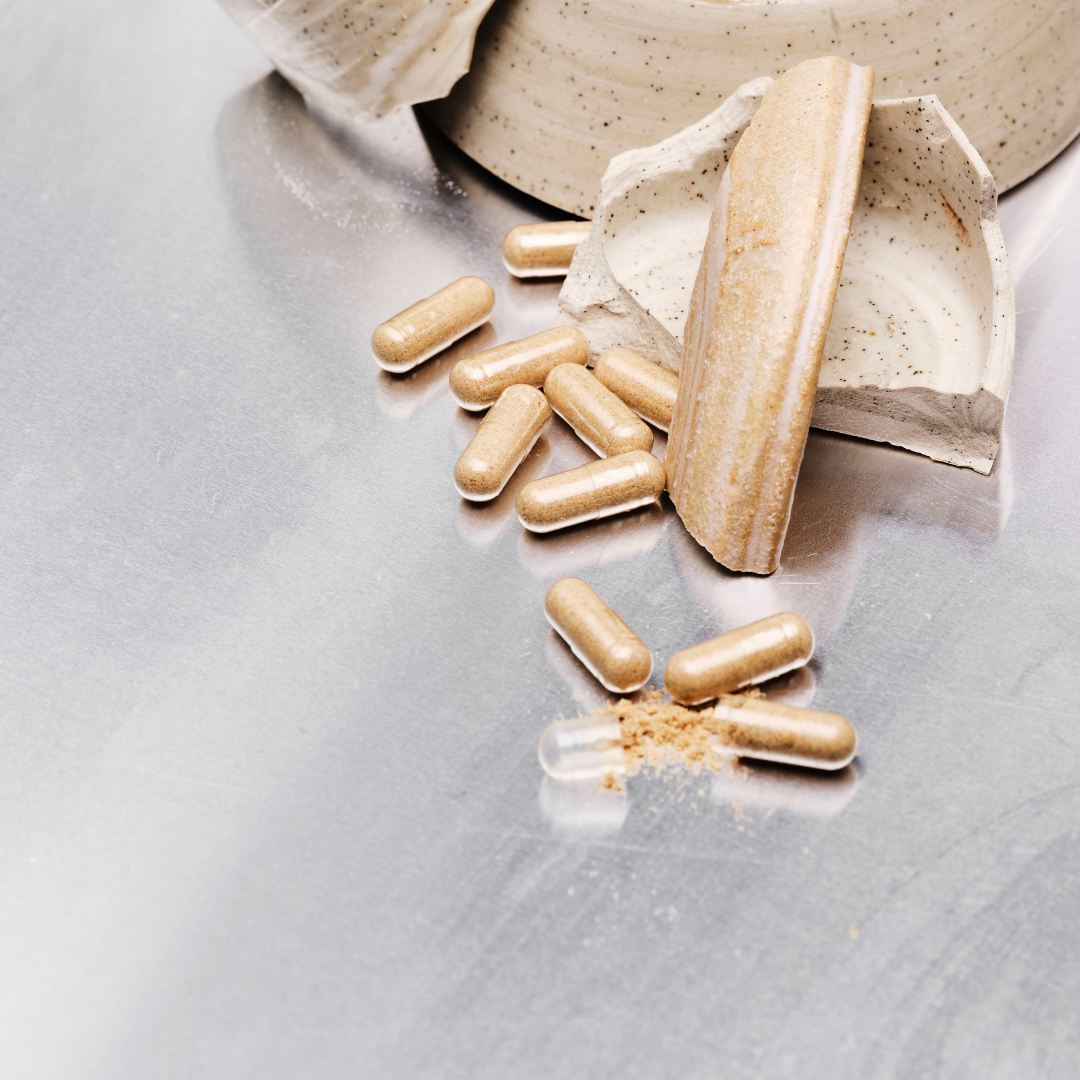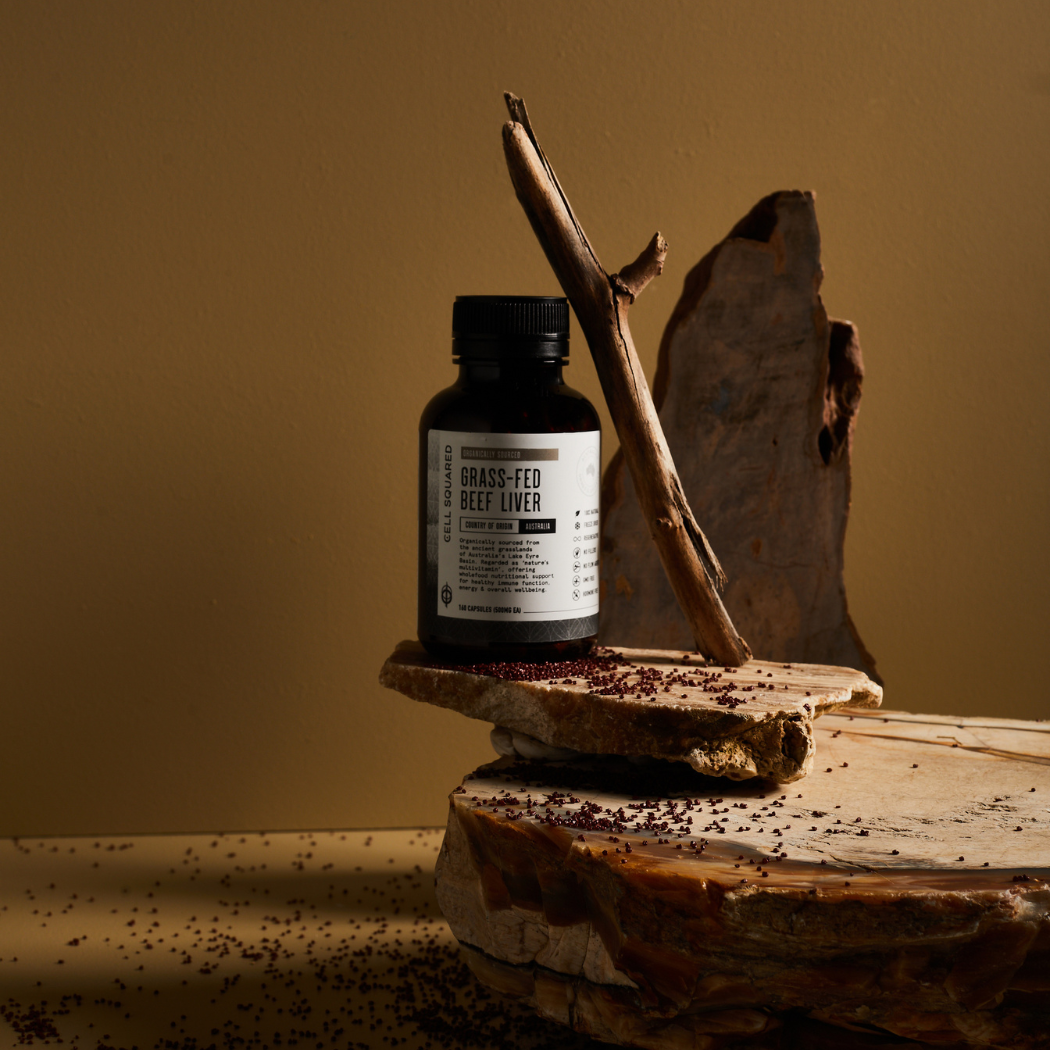In the intricate world of nutrition, Copper stands out as a vital trace mineral, crucial for various physiological functions in the human body. This often-underestimated nutrient plays a pivotal role in enhancing the efficacy of dietary Iron absorption, making it an indispensable component of our dietary needs. Copper's significance extends to several key areas, including the formation of red blood cells, the maintenance of healthy bones and blood vessels, and as a catalyst in enzymatic processes that drive metabolism.
It is quite common to find foods which are good sources of dietary iron also have a good source of copper, we usually find them coupled together because of their natural dietary synergy.
The body's requirement for Copper, though small in quantity, is significant in its impact on health. Copper's role in enhancing the absorption and utilisation of Iron is particularly noteworthy. This synergy is essential for the effective formation of haemoglobin, a vital component of red blood cells. Without sufficient Copper, the body may not fully benefit from dietary iron or Iron supplements,
As we explore the relationship between Copper and Iron, it's clear that Copper is not just a supplementary nutrient but a fundamental aspect of a balanced and nutritious diet.
Copper and Iron: A Synergistic Relationship
The interplay between Copper and Iron in the human body exemplifies a perfect example of nutritional synergy. Copper's role in Iron absorption and utilisation is a critical aspect of this relationship, playing a vital role in maintaining healthy red blood cells.
Copper is crucial for proper haemoglobin synthesis, the protein in red blood cells responsible for carrying oxygen throughout the body.
Additionally, as stated above Copper is involved in releasing stored Iron from the body's reserves, making it available for essential bodily functions. This underlines the indispensable role Copper plays in ensuring a consistent and adequate dietary Iron supply for crucial physiological processes.
The significance of the Copper-Iron relationship extends to overall health and vitality. Ensuring that both these minerals are present in the right amounts is essential for the tissues to receive enough oxygen, vital for energy production and overall wellbeing. This intricate balance between Copper and Iron underscores the need for a diet or supplements that provide these essential nutrients in harmonious proportions.
How is Copper & Iron absorption regulated?
The body has sensors and signals to regulate the absorption of Copper and Iron, too much or too little of either mineral can cause health problems.
The iron copper absorption regulation process is the way that the body maintains the balance of these two essential trace elements by adjusting their uptake from the diet and their mobilisation from the tissues. The process involves the following steps:
Dietary intake
The amount consumed per day. Most importantly the bioavailability of Copper and Iron (non heme iron vs heme iron) in the food affect their absorption in the small intestine. Bioavailability depends on the chemical form of the minerals, the presence of enhancers or inhibitors, and the physiological state of the individual.
Intestinal absorption
Iron and Copper are taken up by specific transporters on the apical and basolateral membranes of the intestinal epithelial cells. The activity of these proteins is regulated by how much the body needs and how much it has.
Systemic transport
Iron and Copper are transported in the blood by specific proteins, such as transferrin and ceruloplasmin. These proteins also modulate the availability and distribution of these minerals to the peripheral tissues.
Cellular uptake and storage
Iron and Copper are imported and exported by specific transporters on the plasma and intracellular membranes of the cells. The expression and activity of these proteins are regulated by the cellular demand and supply of these minerals.
Excretion
Iron and copper are excreted as waste mainly through either bile or feaces. The amount of excretion is regulated by the body’s status of these minerals.
Summary of Absorption Regulation
The liver is the main organ that controls Iron/Copper metabolism and storage. When Iron levels are high, the liver produces a hormone called hepcidin, which inhibits Iron absorption from the intestines and Iron release from the cells. When Copper levels are high, the liver produces a protein called metallothionein, which binds to Copper and assists in preventing its toxicity.




